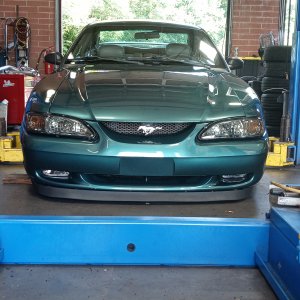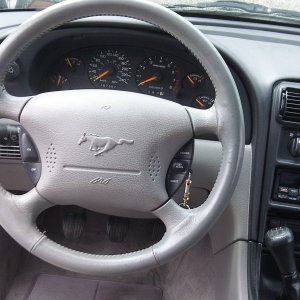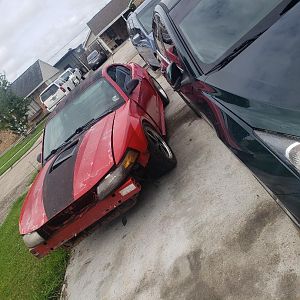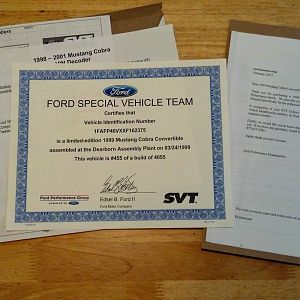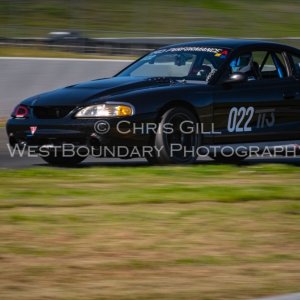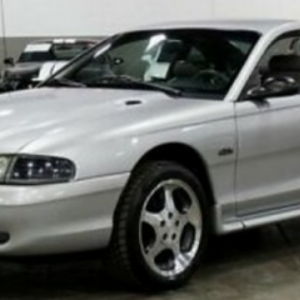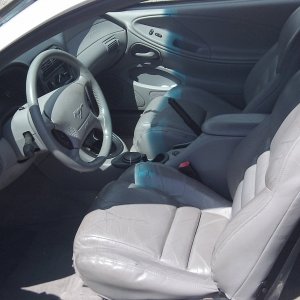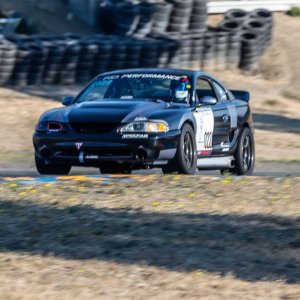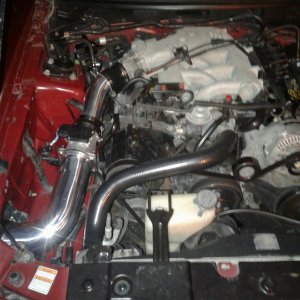Perhaps im over thinking it and perhaps my mind has to figure out the "whys". But in any case i feel knowledge is always power! Best to dive in with a brain full of ideas! So...anyhow....i got down to wondering about piston dwell when the piston is near( before, during, after) top dead center and bottom dead center. As in, "where is the pistons location relative to crankshaft crankpin angle". Associated with this dwell are valve event timing, ignition timing and exhaust blow down timing. The mechanical of the engine we can control like valve events, but we can not control the timing of fuel igniting, fuel burning, and exhaust leaving(we will call this one blow down)
This has pondered with me for a little while and i finally sat down, pen, and paper to figure it out. I wanted to know how much differences their are between piston dwell in a 4.6l and dwell in a 5.4l.
Starting off, my theory is that a 5.4l had more dwell at top/bottom than the 4.6l due to the longer stroke and longer connecting rod. "Where is the crank angle at a given piston location such as .050" from dead center? Are they the same between the 2 platforms?" Timing of ignition and the blow down are greatly affected with this dwell time and im wondering which has the advantage ..So pen and paper with a few good online calculator, i began crunching numbers.
First off,...
I start searching the crank angles for both platforms when the piston is .050" from dead center.
4.6l is 12° and the 5.4l is 11° while piston is .050"...
WAIT....what? This aint right. So i run the numbers again. To my surprise the stroke and rod ratio of the 4.6l has more crank angle piston dwell when at .050" before and after dead center. This doesnt seem right because when thinking about it, one pictures the crank pin circle of the 4.6l smaller than the 5.4l and the perimeter distance of this circle is shorter. Perhaps their is a change when at .100".
4.6l is 17° and the 5.4l is 15.5° at .100"
This dont make sense, unless we play in the part of stroke percentage and piston speeds. Still though....the 4.6l has more dwell at a given piston location. A whole 2° more when added together before and after dead centers. This means 2° more time for fuel igniting, burning, overlap, incoming rush and exhaust blowing down. Having a few more degree of dwell allows time for these functions. Also explains why the 4.6l is the better performer.
This has pondered with me for a little while and i finally sat down, pen, and paper to figure it out. I wanted to know how much differences their are between piston dwell in a 4.6l and dwell in a 5.4l.
Starting off, my theory is that a 5.4l had more dwell at top/bottom than the 4.6l due to the longer stroke and longer connecting rod. "Where is the crank angle at a given piston location such as .050" from dead center? Are they the same between the 2 platforms?" Timing of ignition and the blow down are greatly affected with this dwell time and im wondering which has the advantage ..So pen and paper with a few good online calculator, i began crunching numbers.
First off,...
I start searching the crank angles for both platforms when the piston is .050" from dead center.
4.6l is 12° and the 5.4l is 11° while piston is .050"...
WAIT....what? This aint right. So i run the numbers again. To my surprise the stroke and rod ratio of the 4.6l has more crank angle piston dwell when at .050" before and after dead center. This doesnt seem right because when thinking about it, one pictures the crank pin circle of the 4.6l smaller than the 5.4l and the perimeter distance of this circle is shorter. Perhaps their is a change when at .100".
4.6l is 17° and the 5.4l is 15.5° at .100"
This dont make sense, unless we play in the part of stroke percentage and piston speeds. Still though....the 4.6l has more dwell at a given piston location. A whole 2° more when added together before and after dead centers. This means 2° more time for fuel igniting, burning, overlap, incoming rush and exhaust blowing down. Having a few more degree of dwell allows time for these functions. Also explains why the 4.6l is the better performer.
Last edited:

